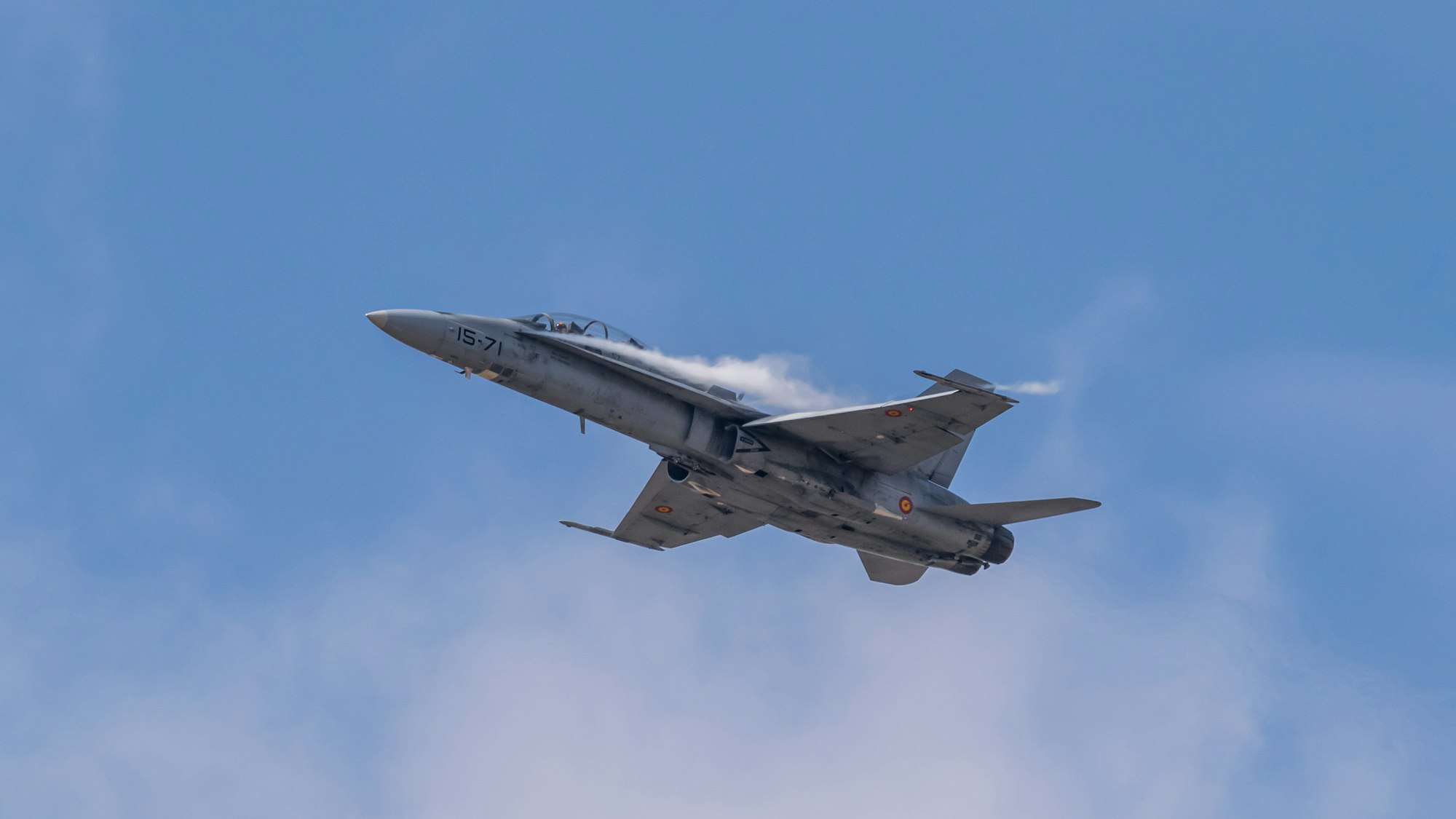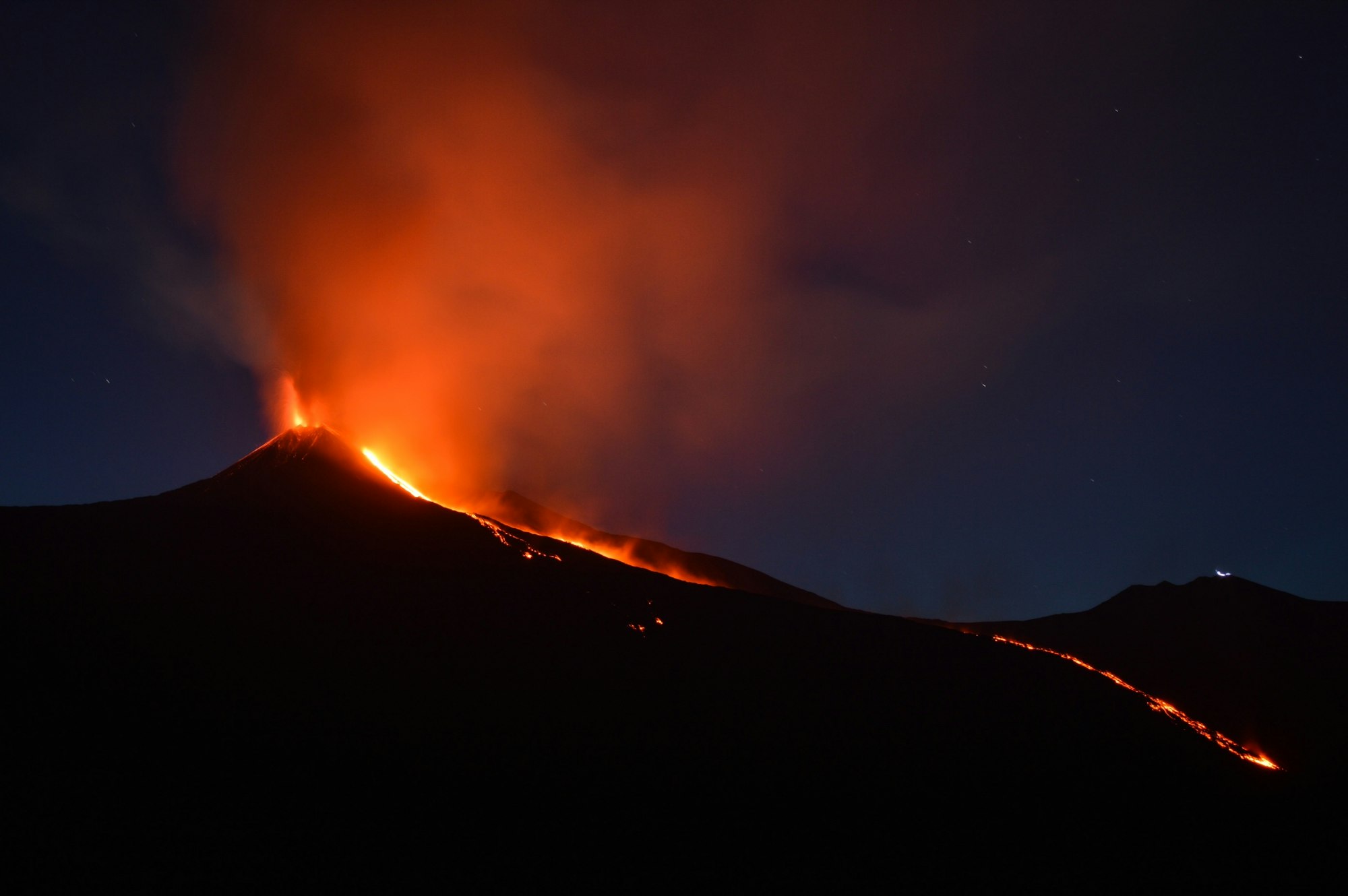
What I think of as our phylogenetically-extended nuclear family grew by one this week: we got a baby box turtle. We got her from a local hobbyist, who hatched her last summer. We haven’t named her yet, so for now she’s just Baby Tiny Turtle.

What I think of as our phylogenetically-extended nuclear family grew by one this week: we got a baby box turtle. We got her from a local hobbyist, who hatched her last summer. We haven’t named her yet, so for now she’s just Baby Tiny Turtle.

The UNAVCO community is the most common creator of datasets in the UNAVCO repository. They need to be recognized for those contributions. Adding an identifier for the community increases the % of DOIs with complete connectivity from 6 to 30%.

The Australian Air Force flew 100 years of aircraft through the centre of Canberra on March 31st and we recorded their seismic signal from the Parliament House Basement

If I had to sum up my main research program over the past 20+ years, it would be, “Why pneumatic bone?” Or as I typically put it in my talks, most bone has marrow inside, so if you find bone with air inside, someone has some explaining to do (f’rinstance). One of the reasons I […]

Matt dropped me a line midweek about the catalogue of complete sauropod necks, with some interesting thoughts.

Adding identifiers for organizations is an important step in the process of increasing connectivity in metadata collections. Organizations make many contributions to domain repositories so each identifier is used many times. In the UNAVCO case, thirty-five identifiers were used over two thousand times.

Eastern Australia hosts a wide range of volcanic edifices, ranging from localised outcrops to lava fields and central volcanoes (Figure 1). In general, the older volcanics are in the north with distinct tracks of decreasing age to the south (see Figure 1 and, e.g., Davies et al., 2015). Similar age profiles are seen for two lines of seamounts through the Tasman Sea (e.g., Seton et al., 2019). This pattern of age progression reflects the rapid

A couple of months ago, I asked for your help in compiling a list of all known complete sauropods necks. This has gone really well, and I want to thank everyone who chipped in, and all the various authors I have contacted for details as a result.

It is said that, some time around 1590 AD, Galileo Galilei dropped two spheres of different masses from the Leaning Tower of Pisa[1], thereby demonstrating that they fell at the same rate. This was a big deal because it contradicted Aristotle’s theory of gravity, in which objects are supposed to fall at a speed proportional to their mass.

“And in conclusion, this new fossil/analysis shows that Lineageomorpha was more [here fill in the blank]: diverse morphologically varied widely distributed geographically widely distributed stratigraphically …than previously appreciated.“ Yes, congratulations, you’ve correctly identified that time moves forward linearly and that information accumulates.